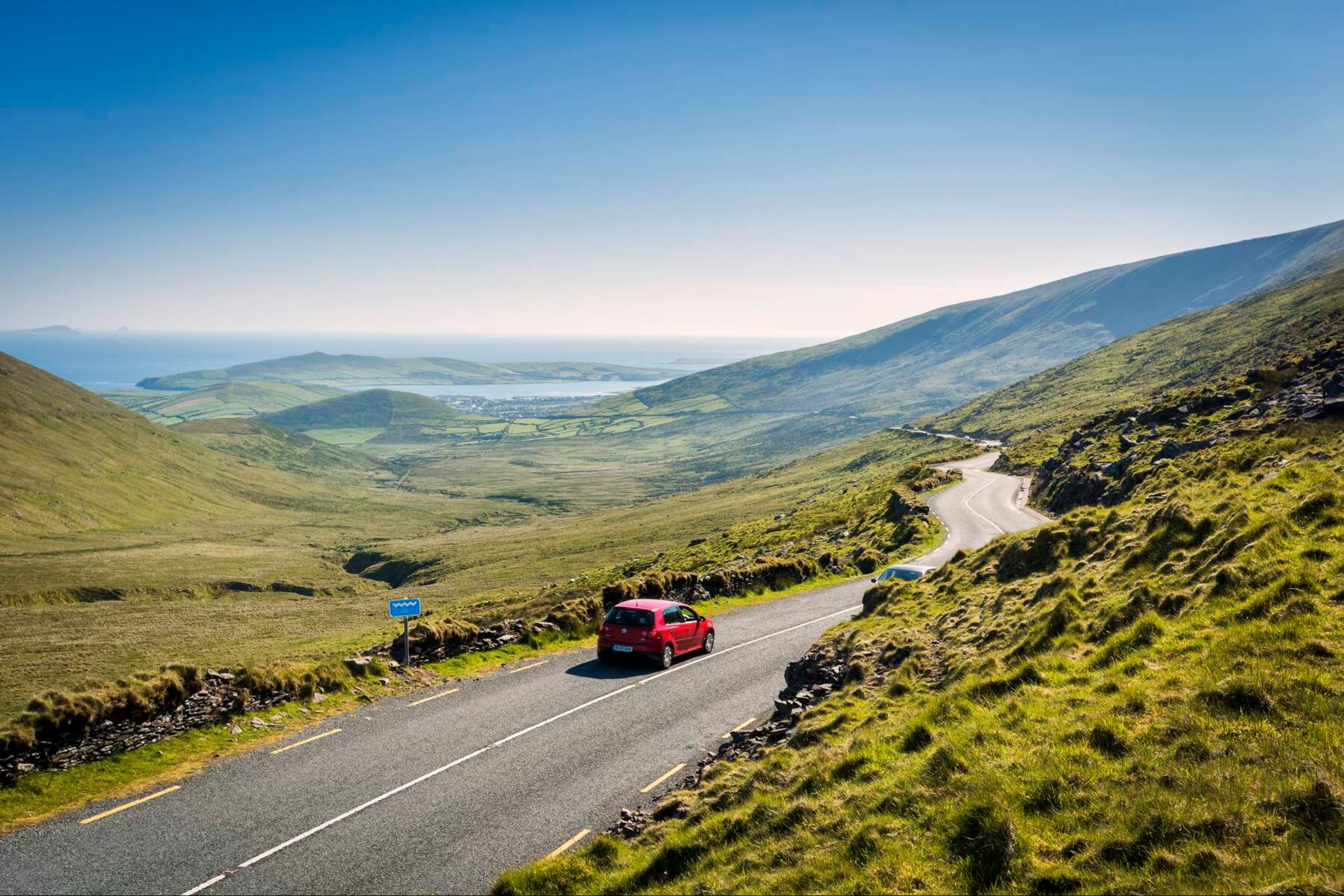All You Need to Know When Visiting Iceland

Iceland is a huge and mountainous island which is located in the North Atlantic Ocean.
Although Iceland is considered to be part of Europe, the country lies about halfway between Europe and North America with Greenland not too far away. The main international airport of Keflavik is situated in the southwest of the country about 40 kilometres from Reykjavík, Iceland’s capital city. Reykjavík is located in the south west of Iceland. Bear in mind that if you go to Iceland in the summer things slow down as most locals head into the great outdoors.
Car Hire Iceland is the most flexible way to see as much as possible and you may want to think about hiring a 4×4 such as a Nissan Pathfinder in order to get off the beaten track. Areas of interest include the West Fjords and the interior of Iceland. You may also want to check out Vestmannaeyjar which is a volcanic area of islands in the west of Iceland and Akureyri which is the capital of the north. Tour companies are happy to take you on excursions to these places and many more.
Places worth visiting include the Vatnajokull National Park which was created just last year (2008) and is the largest national park in Europe covering about 12{899b15f80a2d8718204d48354149b0a45e47eff631d37dac5896e2c8e1eedb93} of the whole country.
Pingvellir National Park has been recognized as a UNESCO World Heritage Site and is the where the continental plates of North America and Europe shift ominously. It was also where Iceland’s parliament was originally held – the longest running parliament in the world. Then there is the setting of the book Journey to the Center of the Earth by Jules Verne. The Snaefellsjokull National Park is located on the tip of the Snæfellsnes Peninsula in southern Iceland.
It is important to make your Car Hire Iceland reservation well in advance if you want to be sure of getting the right make and model of car for your holiday or business trip. There are a range of optional extras available with the cars which can be very useful such as sat navs and snow tires or winter chains.
Driving in Iceland is on the right hand side of the road and headlights must be used at all times, while wearing of seat belts is also compulsory. If you want to see for yourself why people in Iceland are fun-loving then you could do worse than try the Hafnarfjorour Viking festival and the delightful city of Elves.
It is important to know what the road signs in Iceland mean as these will help you deal with challenging conditions. For instance “malbik endar” means that the road changes from a paved road to a gravel road so you should slow down in order to keep control of the car.
Take particular care if you plan to cross any rivers or drive along mountain roads as there could be steep falls if you stray from the path. Most mountain roads are closed until the end of June, or even longer because of the wet and muddy conditions which make them totally impassable. Keep a credit card on you as this is the quickest way of paying to have the car filled up and bear in mind that there can be massive distances between petrol stations so you should keep stocked up. Petrol rates are approximately ISK170 per litre.
Similarly it is very important to plan your route ahead of time in case of bad weather and blizzards. This means it is advisable to carry food and water and know where the nearest accommodation is at all times in case you need to stop. The Icelandic meteorological office is a good place to check what the weather conditions are before setting out on your journey. That said, for most of the time the climate of Iceland is quite agreeable.
The route one ring road is the only highway in Iceland and it covers the entire country. Although Iceland has suffered from the Global Financial Crisis this is not a bad time to visit as the currency drop has made things 40{899b15f80a2d8718204d48354149b0a45e47eff631d37dac5896e2c8e1eedb93} cheaper for visiting tourists. Previously Iceland was considered one of the world’s most expensive countries.




